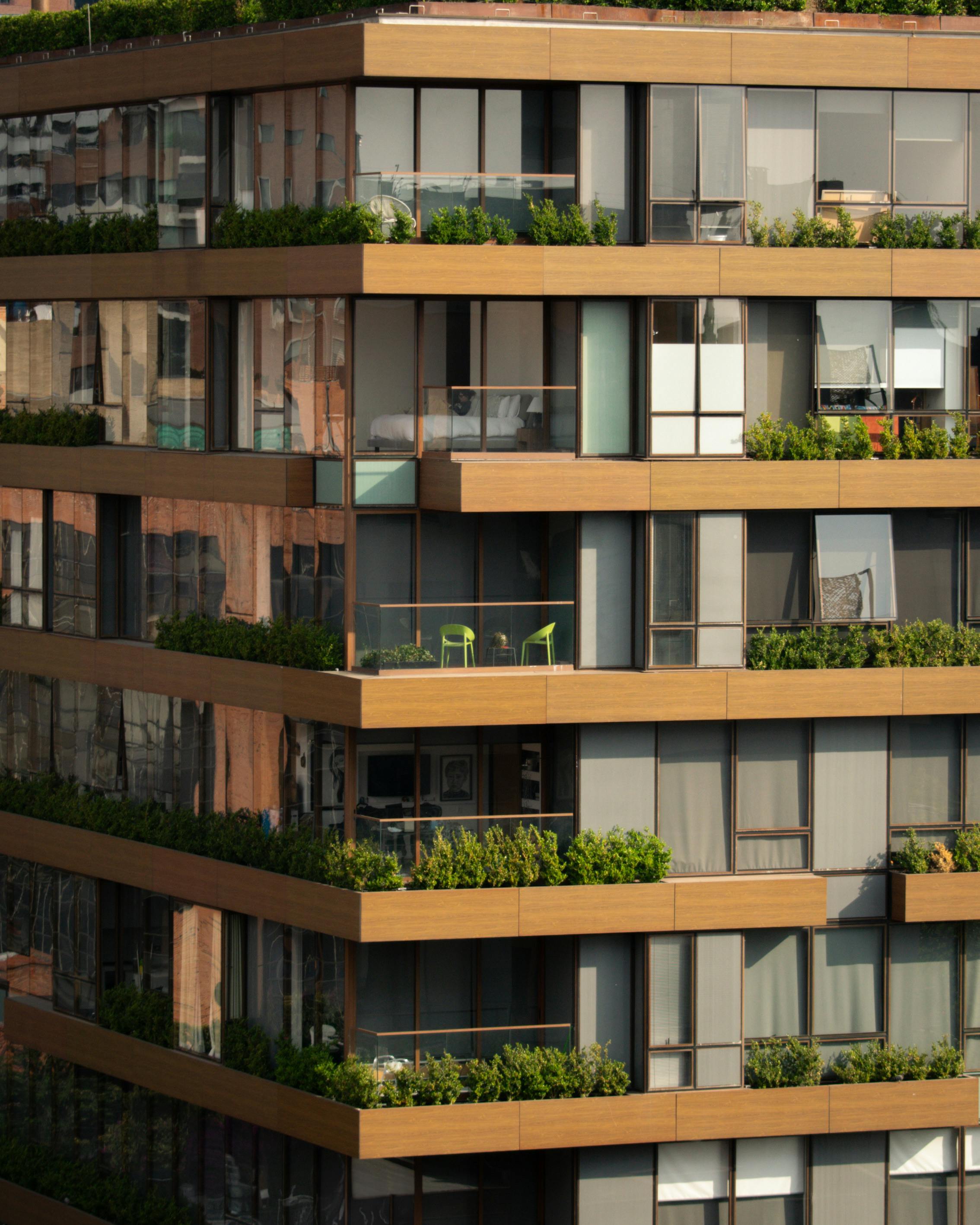Explore the latest trends in sustainable construction, from green materials to energy-efficient building techniques.
Let's see long and brief description about The Future of Sustainable Construction
The Future of Sustainable Construction.
Sustainability in construction is no longer just a trend—it’s becoming a necessity as the industry adapts to environmental concerns, government regulations, and the rising demand for energy-efficient buildings. With climate change and resource depletion becoming global issues, construction companies are turning to innovative methods and materials to reduce their carbon footprint while maintaining high-quality standards.
One of the major advancements in sustainable construction is the use of eco-friendly building materials. Traditional materials such as concrete and steel contribute significantly to carbon emissions. However, alternatives like recycled steel, bamboo, rammed earth, and engineered wood are gaining popularity due to their durability and lower environmental impact. Additionally, advancements in self-healing concrete and carbon-absorbing bricks are revolutionizing how structures are built.
Energy efficiency is another key pillar of sustainable construction. Buildings consume a significant portion of global energy, making it crucial to incorporate energy-saving techniques. The integration of solar panels, smart HVAC systems, energy-efficient lighting, and insulation techniques helps reduce energy consumption and lower utility bills for homeowners and businesses alike. Green building certifications, such as LEED (Leadership in Energy and Environmental Design), encourage builders to adopt sustainable practices by offering incentives and recognition.
Technology is also playing a vital role in sustainability. Smart home automation, which includes intelligent lighting, water-saving systems, and energy-efficient appliances, allows for better resource management. Additionally, Building Information Modeling (BIM) helps architects and engineers design sustainable buildings with precision, reducing material waste and optimizing resource usage.
Government regulations and policies worldwide are pushing for net-zero energy buildings, which generate as much energy as they consume. Many countries are offering tax benefits and financial incentives to promote eco-friendly construction. As these regulations tighten, companies that adopt green building practices will have a competitive edge in the industry.
The benefits of sustainable construction go beyond environmental impact. Although initial costs may be higher, long-term savings on energy bills, reduced maintenance costs, and increased property value make sustainable buildings a smart investment. Additionally, eco-friendly construction enhances health and well-being, as materials with fewer toxic chemicals improve indoor air quality and create healthier living environments.
As the construction industry evolves, sustainable practices will become the norm rather than the exception. Companies that embrace these innovations today will be the leaders of tomorrow, contributing to a greener, more efficient, and more responsible future.

